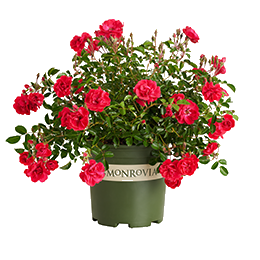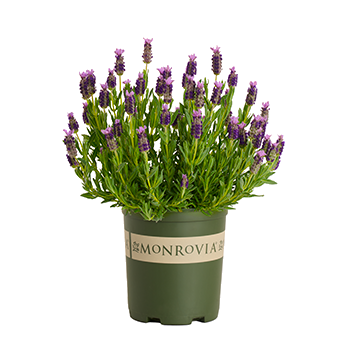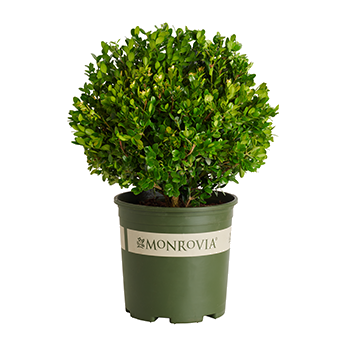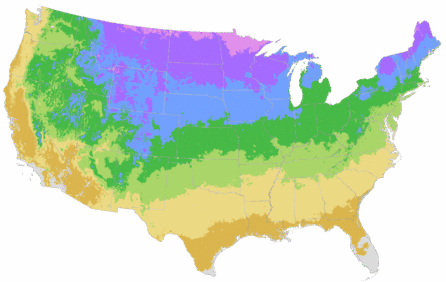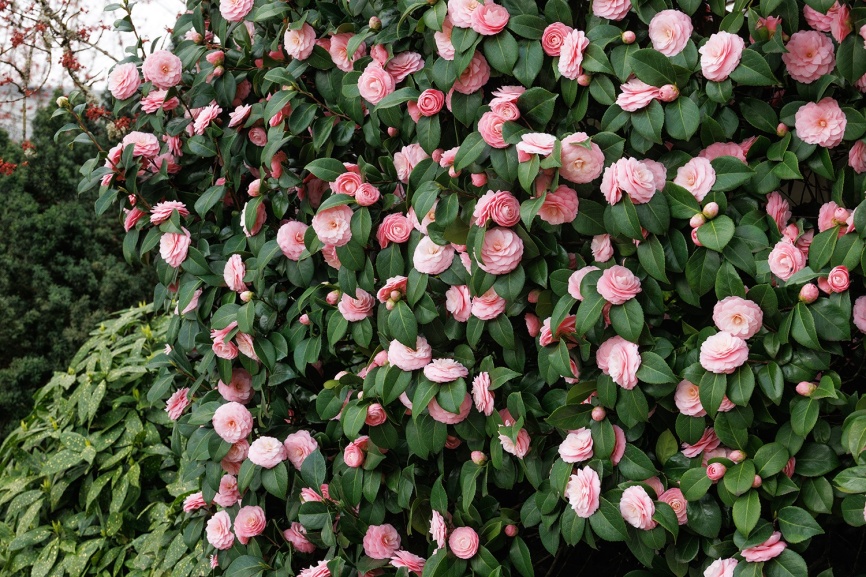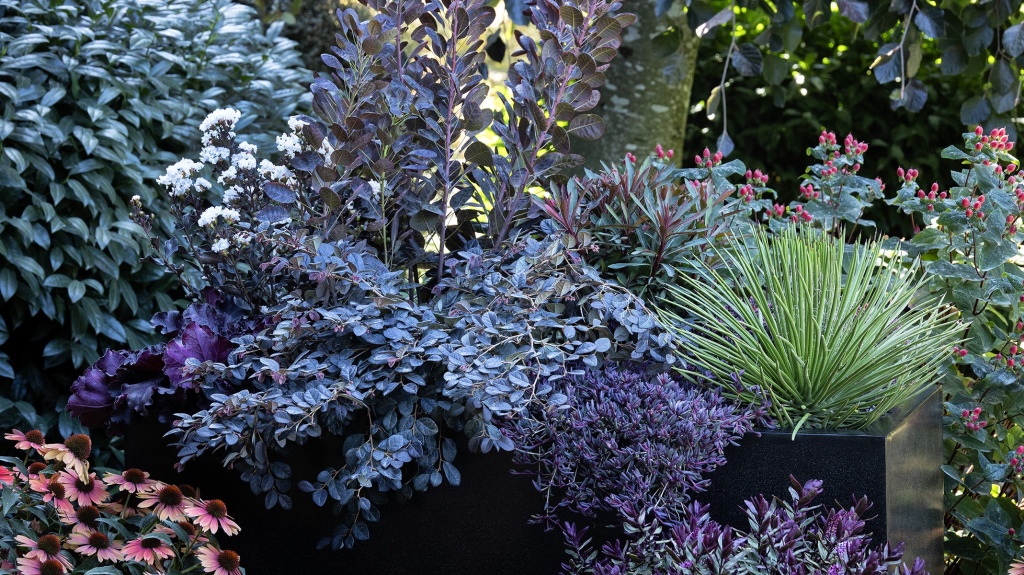You're growing in this Zip Code:
Change LocationDiscover Plants for Your Area
Candy Stripe Creeping Phlox
Phlox subulata 'Candy Stripe'
Retailers Near You
| Description | Rugged, ground-hugging blooms create a delightful carpet of spring color! Masses of tiny white flowers with a pink mid-stripe on each petal cover the dense green foliage. Spreads easily on slopes, in rock gardens, along pathways or borders. More heat tolerant than garden phlox. An herbaceous perennial. |
|---|---|
| Bloom Time | Spring |
| Deciduous/Evergreen | Herbaceous |
| Special Features | Attracts Butterflies, Waterwise, Non-toxic to Cats and Dogs, Attracts Pollinators |
| Problems/Solutions | Deer Resistant, Erosion Control, Drought Tolerant, Tolerates Urban Pollution |
| Growth Rate | Moderate |
| Flower Attributes | Flowers for Cutting, Showy Flowers |
| Landscape Use | Border, Ground Cover, Hillside |
| Design Ideas | Brilliant color is always startling when it comes from such a rugged ground-hugging mat. A notorious dweller on edges of rocky embankments, where it spreads over curbs and short retaining walls, or amidst rocky outcroppings. And ideal cover plant for difficult edges of dry streambeds or rock waterfalls. Enjoys the fast drainage of elevated spots and thrives in the nooks and crannies of dry stone retaining walls. It is equally at home in the front of a traditional flower border or planted along the edges of flagstone walkways. |
| Flower Color | Multicolored |
| Foliage Color | Green |
| Companion Plants | Candytuft (Iberis); Thrift (Dianthus); Iris (Iris); Beardtongue (Penstemon); Hosta (Hosta) |
| Care Instructions | Prefers moist, well-drained loamy or sandy soils, with a neutral pH. Shelter from harsh afternoon sun in hot summer regions. Water deeply, regularly in first growing season to establish root system. Once established, reduce frequency; tolerates mild drought. Prune spent blooms for a tidy appearance. Fertilize in early spring. |
| Lore | This very large genus of perennial garden flowers falls into its the Polemoniceae, which contains roughly 13 genera, most of which are native to America. Genus Phlox was classified by Carolus Linnaeus in the 18th century and named it from the Greek for flame. The genus contains about 50 different species of both annual and perennial flowers. Only one of these is Siberian and the remainder are North American natives. This species was also classified by Linnaeus first as P. setacea, but he later changed it to P. subulata. It is native to sandy soils in thin forested ridges from New York west to Michigan and throughout the Appalachians. It is an old time tradition in the Appalachians to plant this in rough rural lawns and it is found in graveyards throughout the region. |
| Description | Rugged, ground-hugging blooms create a delightful carpet of spring color! Masses of tiny white flowers with a pink mid-stripe on each petal cover the dense green foliage. Spreads easily on slopes, in rock gardens, along pathways or borders. More heat tolerant than garden phlox. An herbaceous perennial. |
|---|---|
| Bloom Time | Spring |
| Deciduous/Evergreen | Herbaceous |
| Special Features | Attracts Butterflies, Waterwise, Non-toxic to Cats and Dogs, Attracts Pollinators |
| Problems/Solutions | Deer Resistant, Erosion Control, Drought Tolerant, Tolerates Urban Pollution |
| Growth Rate | Moderate |
| Flower Attributes | Flowers for Cutting, Showy Flowers |
| Landscape Use | Border, Ground Cover, Hillside |
|---|---|
| Design Ideas | Brilliant color is always startling when it comes from such a rugged ground-hugging mat. A notorious dweller on edges of rocky embankments, where it spreads over curbs and short retaining walls, or amidst rocky outcroppings. And ideal cover plant for difficult edges of dry streambeds or rock waterfalls. Enjoys the fast drainage of elevated spots and thrives in the nooks and crannies of dry stone retaining walls. It is equally at home in the front of a traditional flower border or planted along the edges of flagstone walkways. |
| Flower Color | Multicolored |
| Foliage Color | Green |
| Companion Plants | Candytuft (Iberis); Thrift (Dianthus); Iris (Iris); Beardtongue (Penstemon); Hosta (Hosta) |
| Care Instructions | Prefers moist, well-drained loamy or sandy soils, with a neutral pH. Shelter from harsh afternoon sun in hot summer regions. Water deeply, regularly in first growing season to establish root system. Once established, reduce frequency; tolerates mild drought. Prune spent blooms for a tidy appearance. Fertilize in early spring. |
|---|
| Lore | This very large genus of perennial garden flowers falls into its the Polemoniceae, which contains roughly 13 genera, most of which are native to America. Genus Phlox was classified by Carolus Linnaeus in the 18th century and named it from the Greek for flame. The genus contains about 50 different species of both annual and perennial flowers. Only one of these is Siberian and the remainder are North American natives. This species was also classified by Linnaeus first as P. setacea, but he later changed it to P. subulata. It is native to sandy soils in thin forested ridges from New York west to Michigan and throughout the Appalachians. It is an old time tradition in the Appalachians to plant this in rough rural lawns and it is found in graveyards throughout the region. |
|---|
Retailers Near You
About Us
We have been pioneers and craftsmen in the art of growing plants for nearly
100 years. Since our founding in Southern California by Harry E. Rosedale, Sr.
in 1926, we have been absolutely dedicated and obsessed with quality.
We have been pioneers and craftsmen in the art of growing plants for nearly 100 years. Since our founding in Southern California by Harry E. Rosedale, Sr. in 1926, we have been absolutely dedicated and obsessed with quality.
